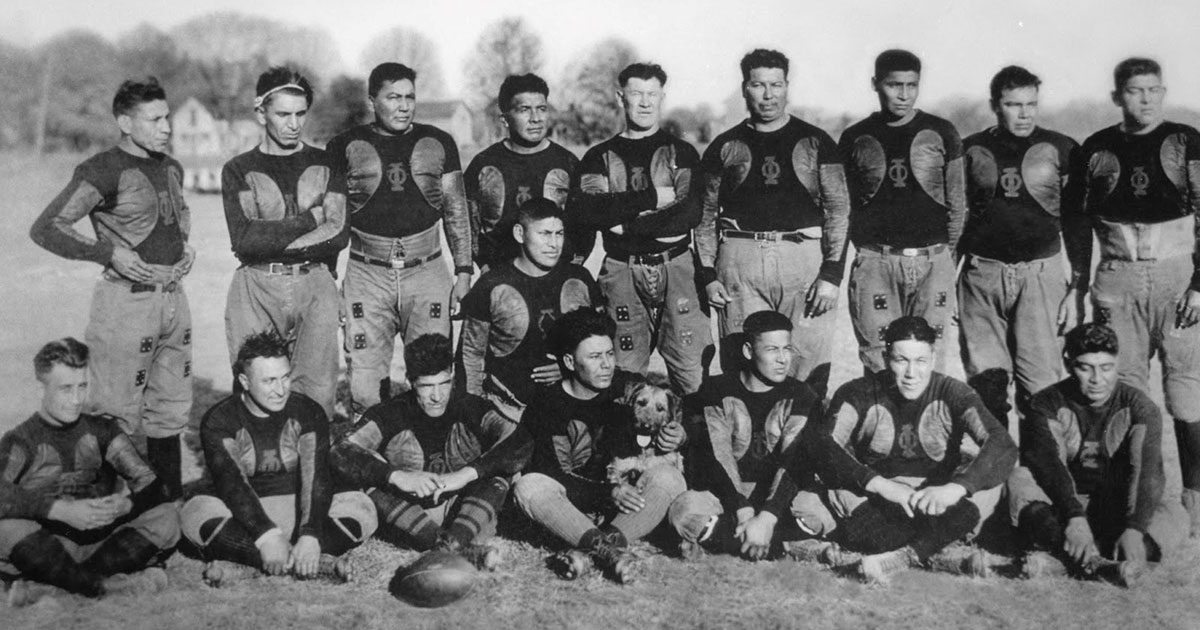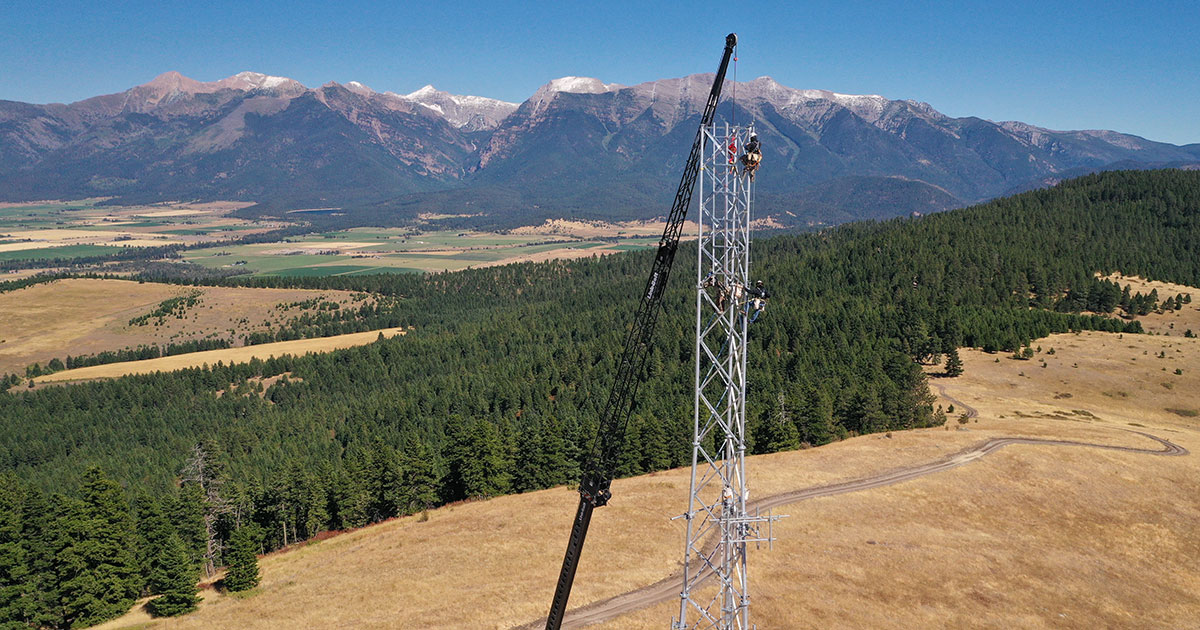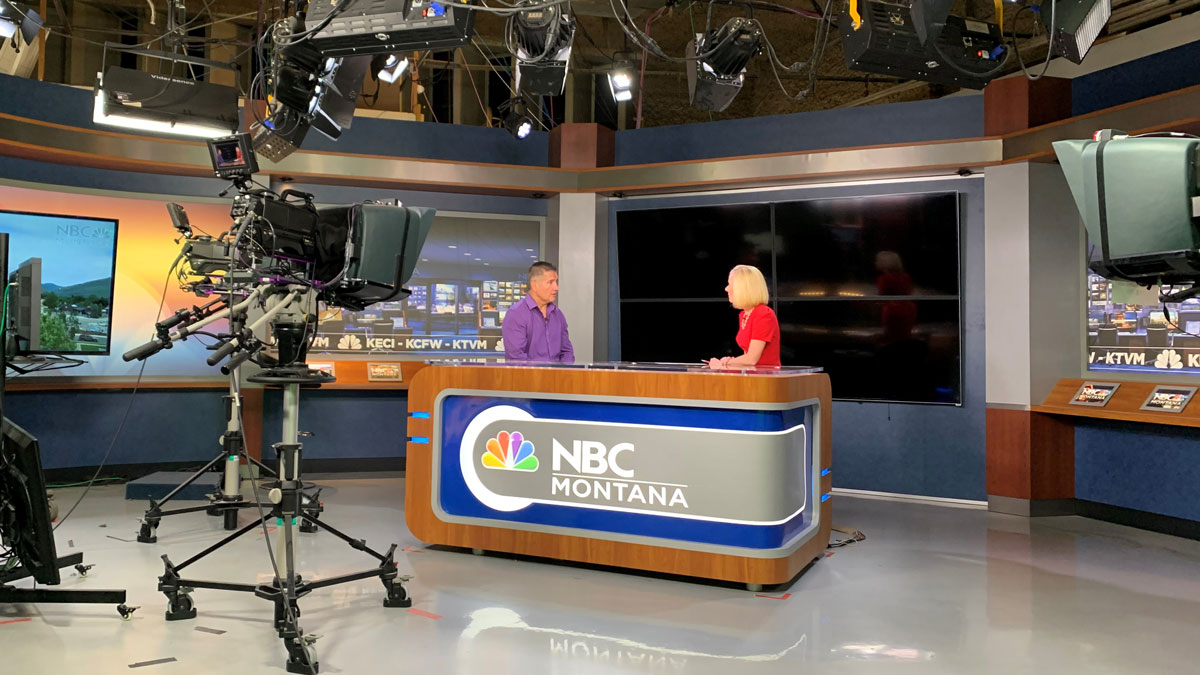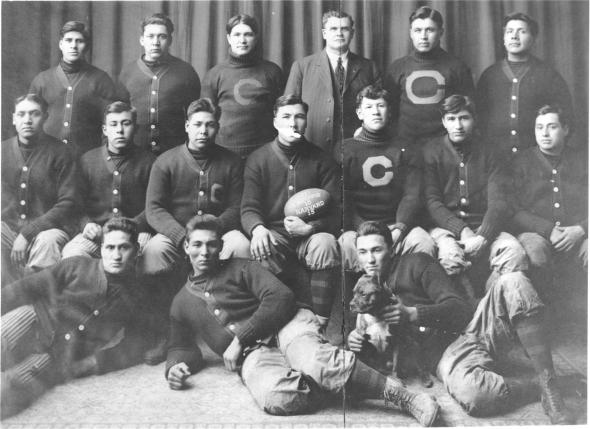
Gridiron Smarts: footballs inventive Carlisle Indian team
As the cool crisp air of fall starts to settle, one thing many people look forward to is the American football season. Whether it’s high school, college, or NFL many people have allegiance to their favorite teams. Current American football evolved from a mix of rugby and soccer and was initially played at many Ivy League schools. In the late 1800s, the Carlisle Indian School football program became an emerging force in the Ivy League dominated sport and the game was never the same.
The Carlisle Indian School located in Carlisle, Pennsylvania, was an abandoned military barrack converted into a school. The founder, Ct. Richard Henry Pratt, had an idea to “Americanize” the Native people by teaching them trade skills that they could bring back to their people or integrate into American society. Pratt’s famous motto “Kill the Indian, save the man” exemplified the sentiment that Native culture was inferior or obsolete and should be eliminated. Upon arrival, students’ hair was cut, they were given American/Christian names, and corporal punishment was instituted for speaking Native languages or practicing any form of Native culture or religion. The school operated from 1879 to 1918 and enrolled nearly 10,000 Native students from many Indian nations including Lakota, Ojibway, Seneca, Cherokee, Cheyenne, and Alaska Native.
In 1893, the Carlisle School began playing football competitively with other schools. The Carlisle football players were often smaller than the other school’s players. In that time, football was played in a V-shaped formation where large bodied players that formed the “V” pushed their way through the opposing team’s formation. Since Carlisle players couldn’t compete with the larger players, they used strategic plays and quickness to maneuver through the larger opposing line formation. This often caught the opposing team off-guard and helped establish Carlisle as a powerhouse in collegiate football.
Carlisle, under the coaching of Pop Warner, invented the overhand spiral throw and the hand-off fake. In a game with Harvard in 1903, Carlisle hid the football under a player’s jersey and they were able to run it in for a touchdown. Although they lost, newspapers nationwide spoke of how the Carlisle Indians outwitted the Harvard players. The Carlisle Indians would continue their dominance in collegiate football, including the tenure of a young player that would eventually become one of the greatest American athletes of all time.
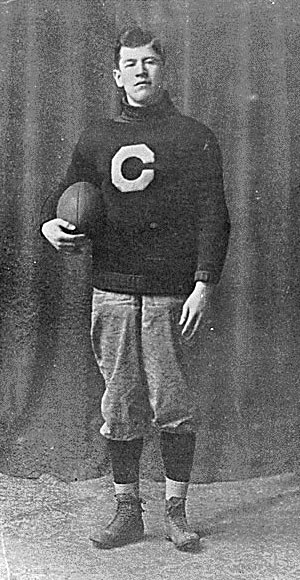
Jim Thorpe in a Carlisle uniform, c. 1909. Jim was one of the greatest football players and athletes in modern history. He was a member of the Sac and Fox Nation in Oklahoma. He won Olympic gold medals for the 1912 pentathlon and decathlon, played American football (collegiate and professional), and also played professional baseball and basketball.
In 1907, a young, scrawny boy named Jim Thorpe—who was a Carlisle track star and champion ballroom dancer—begged to try out for the football team. Thinking he was too small even for the Carlisle team, the administration was hesitant as they didn’t want to potentially hurt their track star. They eventually let him tryout. When Thorpe arrived there were 30-40 Carlisle players on the field and Coach Warner threw the ball to Thorpe and told him to run. With the entire Carlisle team gunning for him, Thorpe sprinted, faked, and out maneuvered the entire varsity team. Shocked, Warner threw the ball to Thorpe and told him to do it again. This time he ordered the varsity team to “tackle him so hard that he wouldn’t get up to do it again.” Thorpe ran the ball through the entire varsity team again, and needless to say, earned a spot on the team.
Thorpe’s debut in collegiate football would come on October 26, 1907, at a highly anticipated game between the undefeated Pennsylvania Quakers and the undefeated Carlisle Indians. No one had scored against the Quakers the whole season. Within the first few plays Carlisle scored against the Quakers by using the forward pass. The forward pass was rarely used and often thought of as elementary. The Carlisle Indians used their speed and the forward pass to dominate the Quakers in a 26-6 win. This shocked the nation as an Indian school beat a more established school.
The Thorpe-led Carlisle Indians would extend their domination of college football through the next few seasons with upsets that included Harvard and the Army. An Army player named Dwight Eisenhower—who would eventually become president—recalled playing with Thorpe.
“Here and there, there are some people who are supremely endowed. My memory goes back to Jim Thorpe. He never practiced in his life, and he could do anything better than any other football player I ever saw.”
Recommended reading:
The Real All Americans – Sally Jenkins (2007)
Carlisle vs. Army – Lars Anderson (2008)
Additional Links:
NPR Radio Story
Article about the Carlisle Indian School




